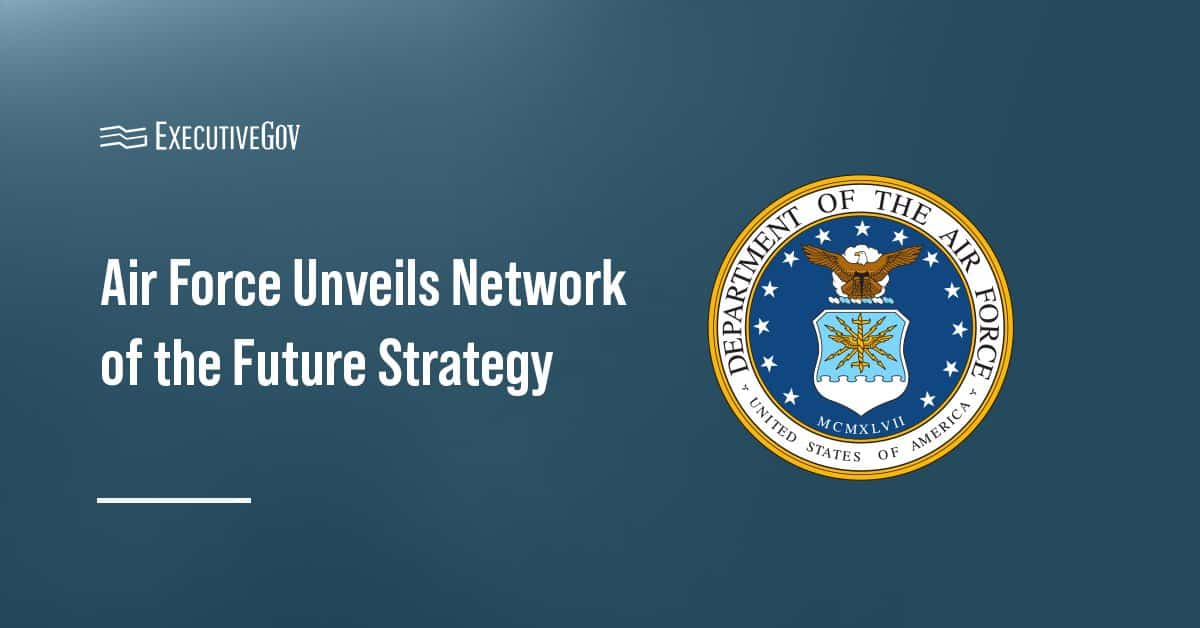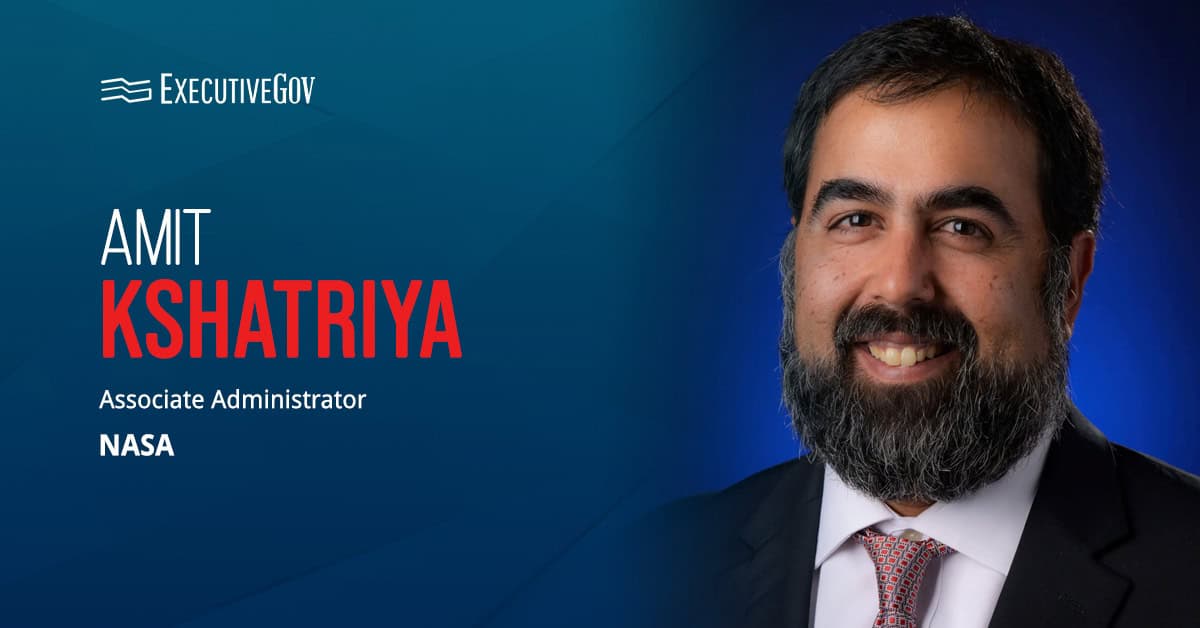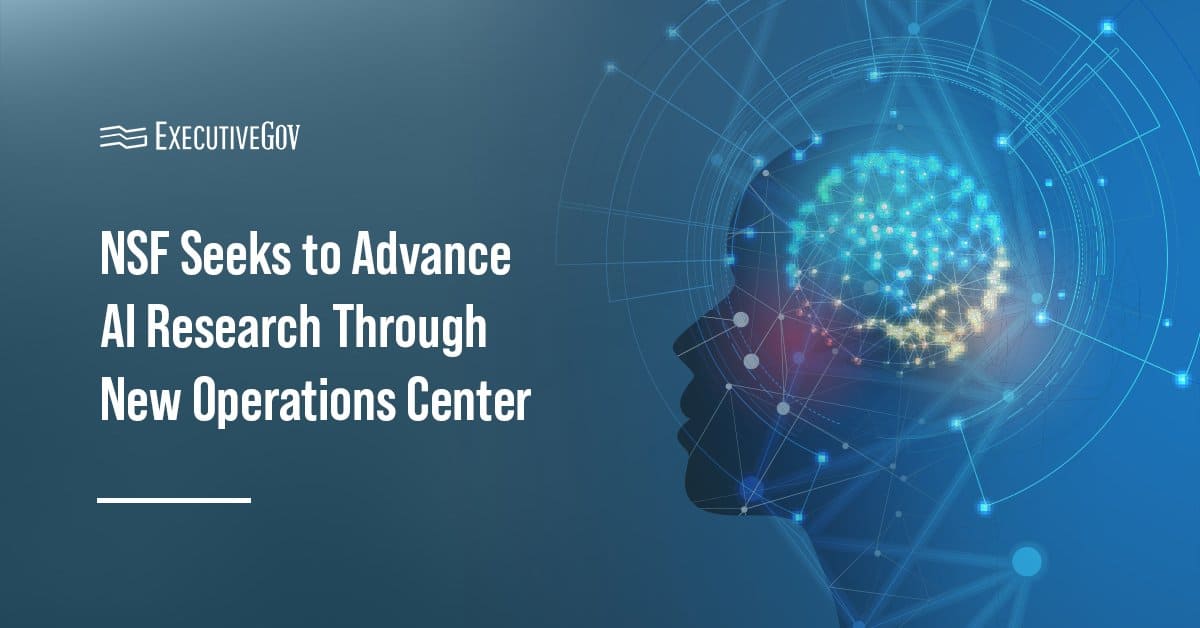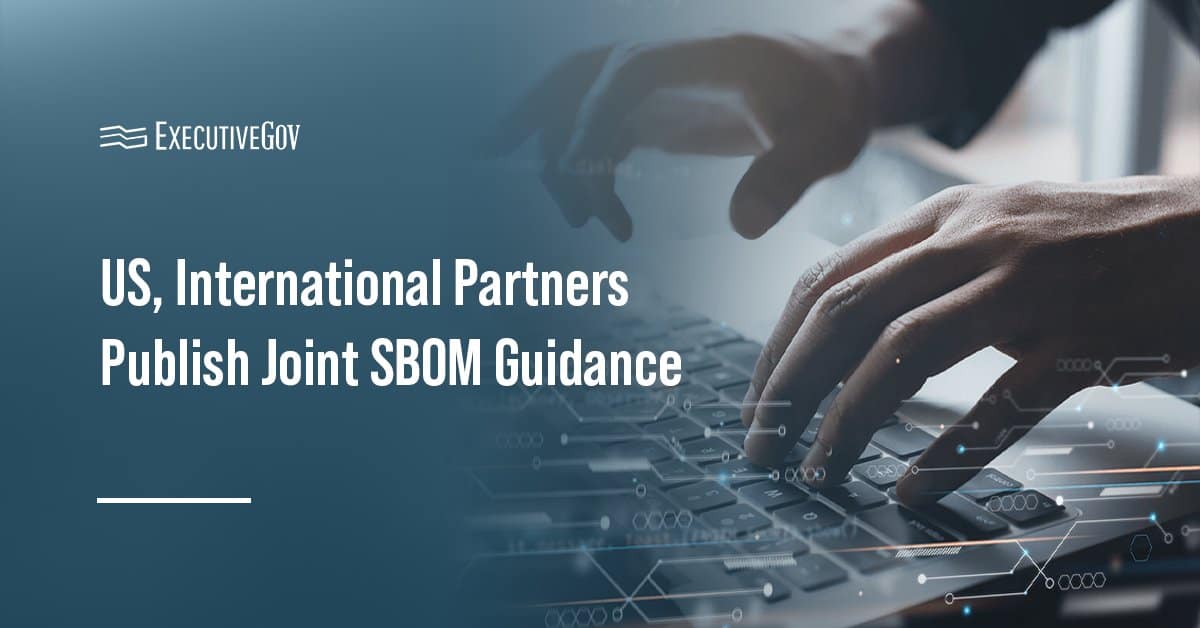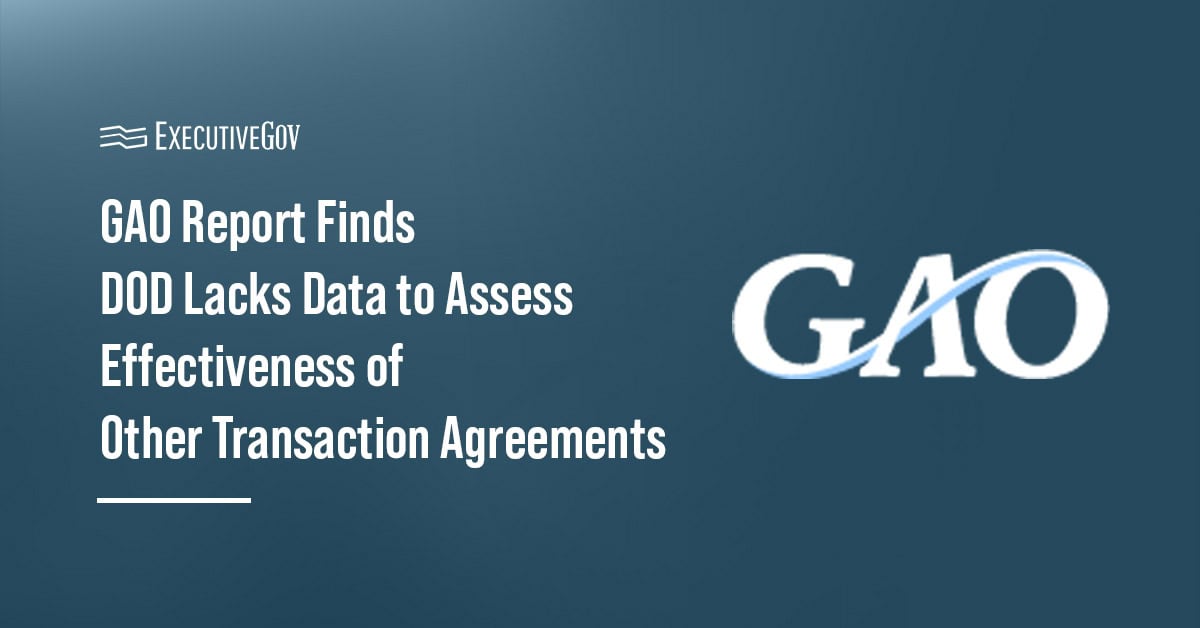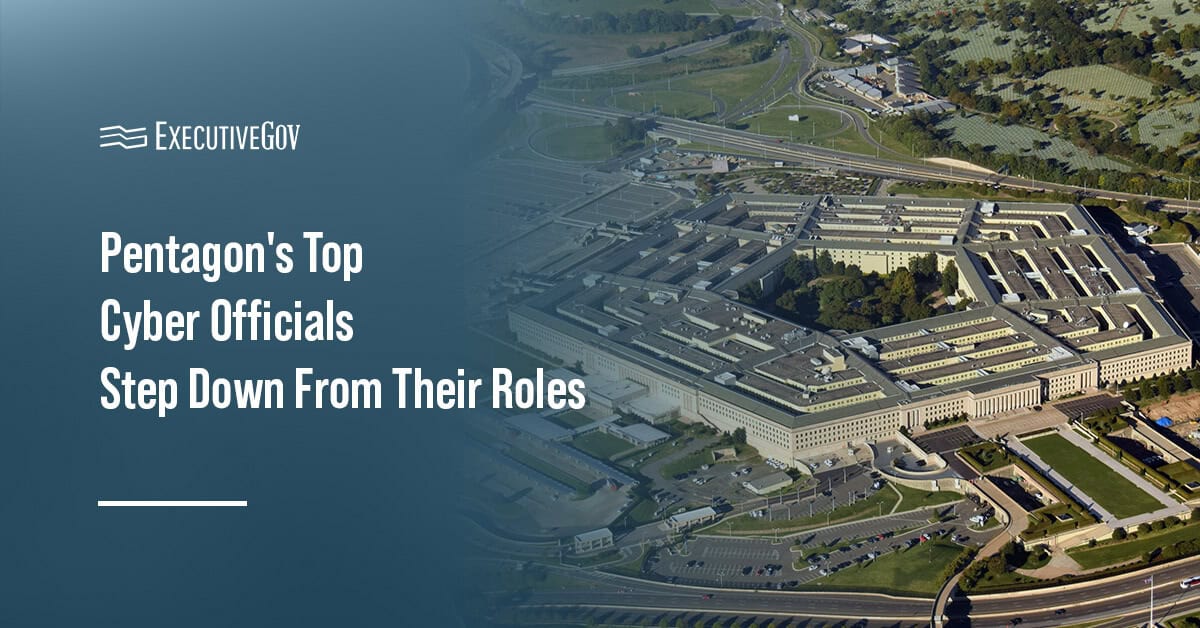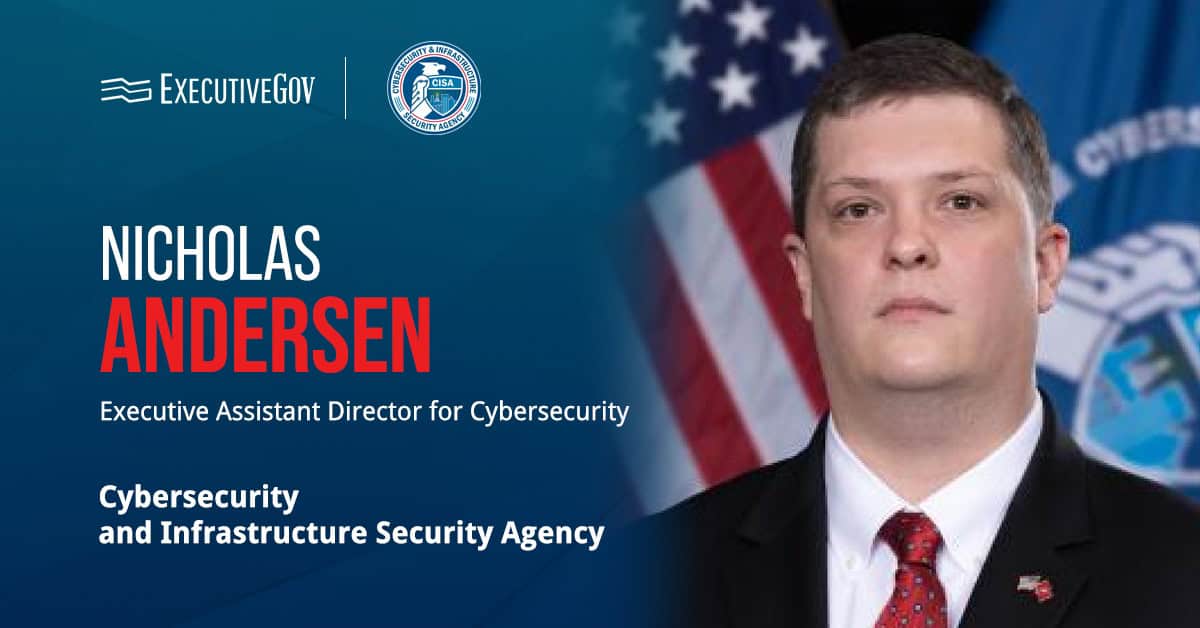The Department of the Air Force has unveiled a new strategy outlining how the DAF will deliver a resilient and adaptive encrypted network that facilitates real-time data sharing in support of warfighters.
Table of Contents
DAF Network of the Future Strategy’s Objectives
The department’s Network of the Future Strategy has six objectives: bolster network resilience; increase operational scalability and flexibility; secure the network of the future; streamline network management; integrate the network environment; and enable the workforce of the future.
“This strategy will serve as our North Star as we address rapidly evolving threats and rising demand for seamless connectivity, empowering our warfighters with the data they need, when and where they need it most,” the DAF Chief Information Officer said in a LinkedIn post published Wednesday.
Bolstering Network Resilience by Migrating to SD-WAN
One objective is strengthening network resilience by migrating to a software-defined wide area network, or SD-WAN, for transport routing and incorporating 5G technology, satellite and other alternative transport methods to ensure the flexible movement of data in the face of high network demand.
According to the strategy, SD-WAN could help enhance network flexibility and responsiveness by making it easier to deliver secure connections to cloud and off-site data center applications.
DAF said the integration of 5G, satellite and new transport methods will support future missions by strengthening network resilience and improving bandwidth capacity.


